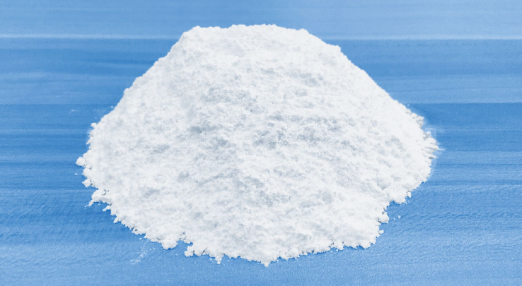Product introduction:
Boron nitride is a substance composed of ammonia atoms and boron atoms, with a chemical composition of 43.6% boron and 56.4% nitrogen. The substance structure of hexagonal boron nitride (HBN) has a similar graphite layered structure, showing a loose, lubricated, moisture-absorbing, light white powder,
so it is also called "white graphite". Theoretical density is 2.27g/cm', and Mohs hardness is 2. Hexagonal boron nitride has good electrical insulation, thermal conductivity, and chemical stability; no obvious point, sublimation at 3000℃ in 0.1MPA xenon, melting point 3000℃ in inert gas, heat resistance to 2000℃ in neutral reducing atmosphere, use temperature up to 2200℃ in ammonia and xenon, poor stability in oxygen atmosphere, can be used up to 900℃. The expansion coefficient of hexagonal boron nitride is equivalent to quartz, but the thermal conductivity is ten times that of quartz.
Performance parameters:
(1) High heat resistance: sublimation at 3000℃, its strength at 1800℃ is twice that of room temperature, air cooling from 1500℃ to room temperature for dozens of times without cracking, and no softening at 2800℃ in inert gas.
(2) High thermal conductivity: hot pressed products are 33W/M.K, the same as pure iron, and above 530℃ are the materials with the highest thermal conductivity among ceramic materials.
(3) Low thermal expansion coefficient: the expansion coefficient of 2x10-" is second only to quartz glass, the smallest among ceramics, and its high thermal conductivity makes it very resistant to thermal shock.
(4) Excellent electrical properties: good high temperature insulation, 1014Q-CM at 25℃, and 103Q-CM at 2000℃, making it the best high temperature insulation material among ceramics, with a breakdown voltage of 3KV/MM, low dielectric loss of 2.5x10-4 at 109Hz, dielectric constant of 4, transparent to microwaves and infrared rays.
(5) Good corrosion resistance: does not react with general metals (iron, copper, aluminum, lead, etc.), rare earth metals, precious metals, semiconductor materials (germanium, silicon, potassium arsenide), glass, molten salts (water quartz, oxides, slag), inorganic acids and alkalis.
(6) Low friction coefficient: u is 0.16, does not increase at high temperatures, higher temperature resistance than molybdenum disulfide and graphite, can be used up to 900℃ in oxidizing atmosphere, and can be used up to 2000℃ in vacuum.
(7) High purity and high B content: its impurity content is less than 10PPM, and its B content is greater than 43.6%.
(8) Machinability: because its hardness is Mohs 2, it can be processed into high-precision parts and products by general machining methods.

 售前咨询专员
售前咨询专员